When The Last of Us first burst onto the gaming scene in 2013, it was hailed as a landmark achievement in interactive storytelling. Developed by Naughty Dog, the game wove a heart-wrenching tale of survival, loss, and the unbreakable bond forged between its two protagonists, Joel and Ellie, as they navigated the perils of a post-apocalyptic world ravaged by a fungal infection that turned humans into mindless, cannibalistic creatures.
Players stepped into the shoes of Joel, a hardened survivor tasked with escorting the young Ellie across the ruins of the United States, and quickly found themselves emotionally invested in their journey. The game’s narrative unfolded through a mix of cinematic cutscenes, environmental storytelling, and intense gameplay sequences that blended stealth, combat, and exploration.
Fast forward to 2023, and The Last of Us has made the leap to television, with HBO’s highly anticipated adaptation helmed by Craig Mazin (of “Chernobyl” fame) and Neil Druckmann, the game’s creative director. The nine-episode first season faithfully recreates the core story beats of the game while also expanding the world and delving deeper into the lives of its supporting characters.
With both the game and TV series now available, the question lingering on many fans’ minds is: which version tells the story of The Last of Us better? Is the immersive, interactive nature of the game the ideal way or does the HBO adaptation leveraging the strengths of prestige television, truly elevate the experience of Joel and Ellie’s journey?
To answer this question, we must examine how each medium approaches key aspects of the story, from character development and emotional resonance to action sequences and world-building.
The Power of Player Agency
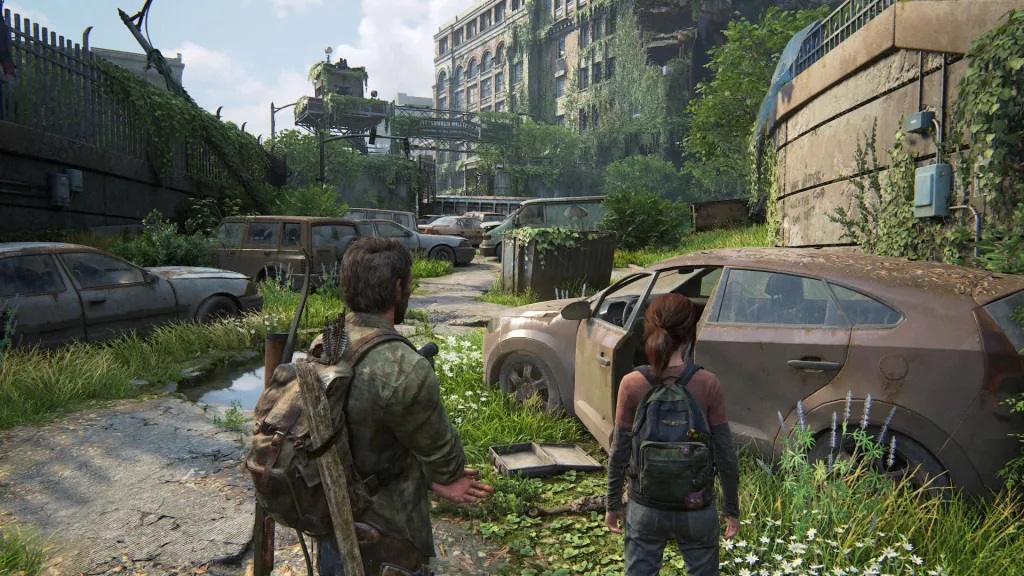
One of the game’s greatest strengths is its ability to forge a deep, personal connection between the player and the characters through interactivity. From the very beginning, when players take control of Joel’s daughter, Sarah, in the harrowing prologue, the game establishes an emotional bond that only grows stronger as the story unfolds.
Stepping into Joel’s shoes makes the players directly responsible for Ellie’s safety.
They share countless gameplay moments where the two must work together to overcome obstacles – boosting each other up ledges, floating on makeshift rafts, or sneaking past deadly infected; these reinforce their growing bond. The game’s mechanics, such as crafting improvised weapons or scavenging for supplies, also contribute to the feeling of being a protector and provider for Ellie.
In contrast, the TV series, by its very nature, places the audience in the role of a passive observer. While we still empathize with Joel and Ellie and root for their survival, we’re not active participants in their journey. The emotional connection, while still powerful, is fundamentally different from the one forged through hours of gameplay.
Expanding the Narrative Canvas
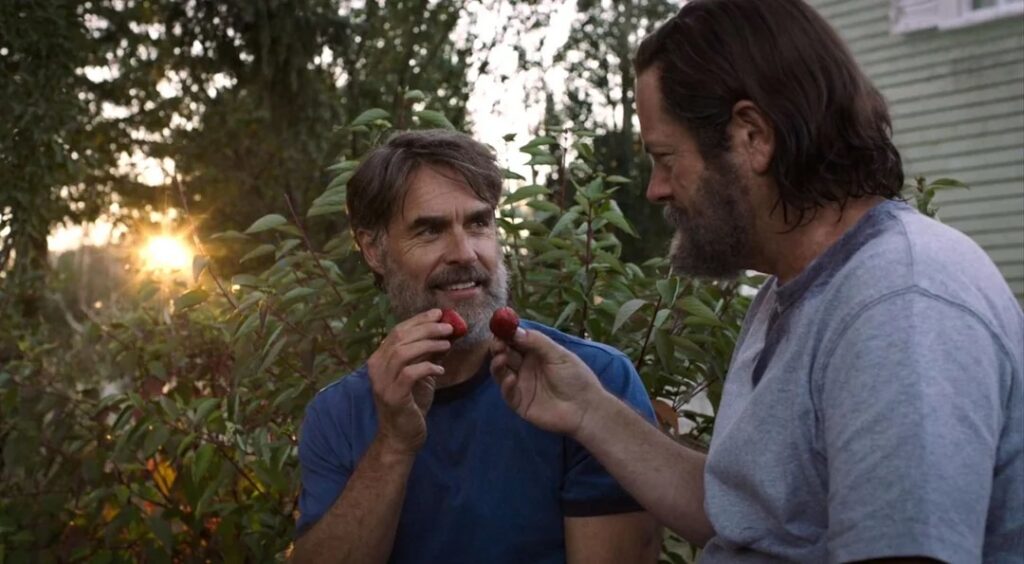
Where the HBO adaptation truly shines is in its ability to flesh out the world and characters of The Last of Us in ways that the game, constrained by its focus on Joel and Ellie’s perspective, could not.
The show’s standout third episode, “Long, Long Time,” is a perfect example of this. Centered on the relationship between survivalist Bill (Nick Offerman) and his partner Frank (Murray Bartlett), the episode is a poignant, self-contained love story that adds depth and nuance to a character who, in the game, is more of a means to an end for Joel and Ellie’s journey.
Similarly, the show’s cold opens – the 1968 prologue in Episode 1, the Jakarta-set origin of the outbreak in Episode 2, and the flashback to Ellie’s birth in Episode 9 – provide valuable context and world-building that enriches the overall narrative. By stepping away from Joel and Ellie’s immediate perspective, the series can paint a more comprehensive picture of the apocalypse and its far-reaching consequences.
Adapting Action and Horror
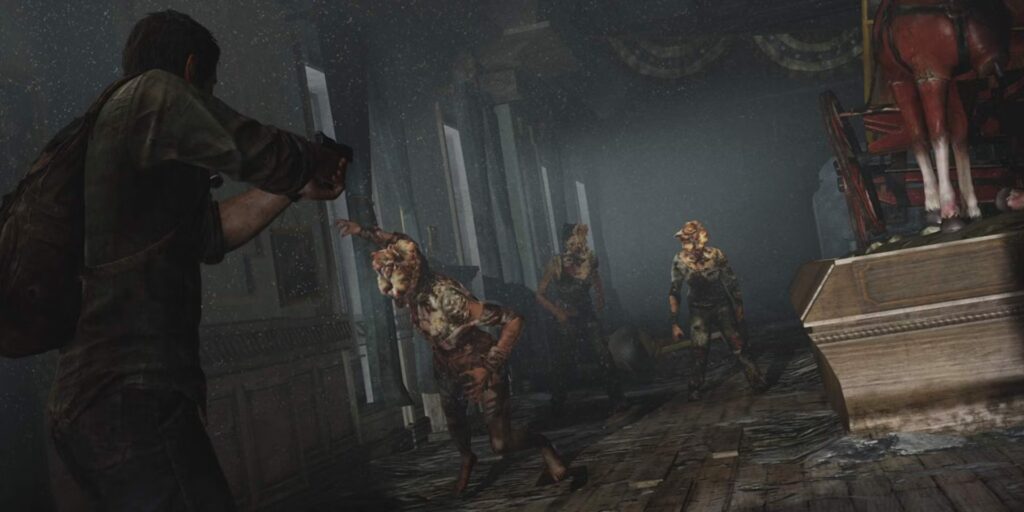
One area where the game and show diverge is in their approach to action and horror. As a survival-action game, The Last of Us features intense, heart-pounding sequences where players must use stealth, gunplay, and melee combat to overcome human and infected enemies.
These sequences, while thrilling, can also be grueling and repetitive, with encounters sometimes feeling like roadblocks to the next story beat.
The TV series, unburdened by the need to provide regular gameplay challenges, takes a more measured approach to action. Set pieces like the escape from the Boston Quarantine Zone or the confrontation with the cannibals in Silver Lake are streamlined and less frequent, with a greater emphasis on character moments and atmospheric tension.
This is particularly noticeable in the show’s handling of the infected. While the game features regular encounters with various stages of the fungal creatures – runners, clickers, bloaters – the series reduces their presence, particularly in the second half of the season. This choice allows the show to focus more on the human drama and moral dilemmas at the heart of the story, with the infected serving as a looming, ever-present threat rather than a constant obstacle.
That said, when the infected do appear in the show, their scenes are arguably even more terrifying than in the game. The stomach-churning kiss between an infected and Tess in Episode 2, or the nerve-wracking stalker attack in Episode 5, are prime examples of how the show uses its infected sparingly but effectively, relying on unsettling body horror and nail-biting suspense rather than action-packed combat.
Emotional Gut-Punches and Character Arcs
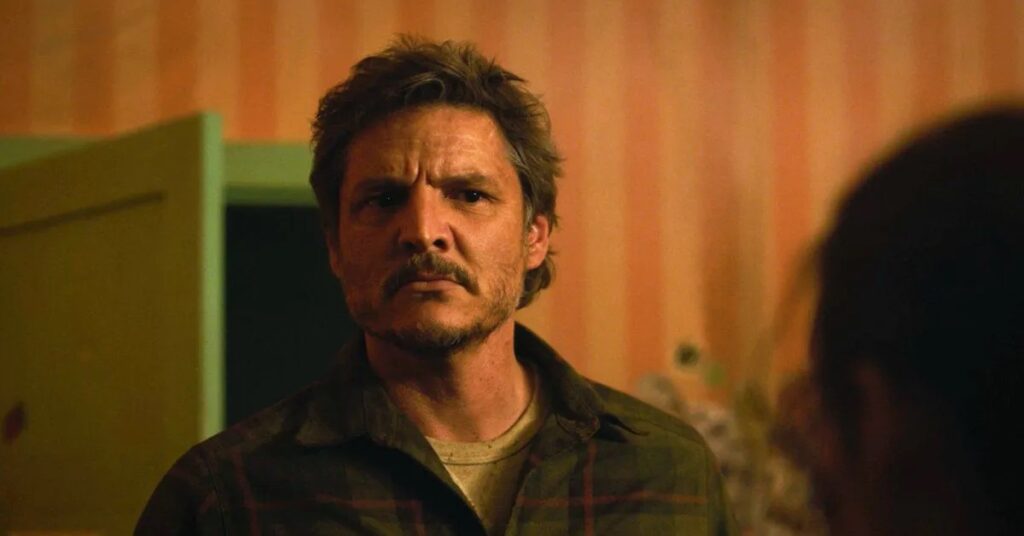
Both the game and the series excel at delivering emotionally devastating moments that linger long after the credits roll. The tragic deaths of Henry and Sam, the giraffe scene in Salt Lake City, and the morally complex finale at the Firefly hospital are just a few examples of how The Last of Us consistently tugs at the heartstrings. However, the game and show achieve these emotional beats in different ways. In the game, the impact often comes from the player’s direct involvement in the events leading up to these moments.
Having spent hours fighting alongside Henry and Sam, their sudden and shocking deaths hit harder because of the bond we’ve formed through gameplay.
The show, on the other hand, relies more on the performances of its talented cast to sell these emotional gut-punches. Pedro Pascal and Bella Ramsey’s portrayal of Joel and Ellie’s growing father-daughter relationship is the backbone of the series, and their subtle, nuanced acting brings depth to even the quietest moments between them. This is especially evident in the show’s handling of Joel’s character arc. In the game, Joel’s gradual softening towards Ellie is conveyed largely through gameplay, as he becomes more protective and trusting of her over time. The show, lacking this interactive element, instead relies on Pascal’s performance and key dialogue scenes to demonstrate Joel’s emotional journey.
A prime example is the show’s version of Joel’s confession about his past suicide attempt. In the game, this revelation comes during a tense gameplay sequence in a dark subway tunnel, with Joel’s vulnerability contrasting with the dangerous surroundings.
The show, however, moves this conversation to a quiet moment around a campfire, allowing Pascal’s raw, understated delivery to carry the emotional weight of the scene.
Two Sides of the Same Coin
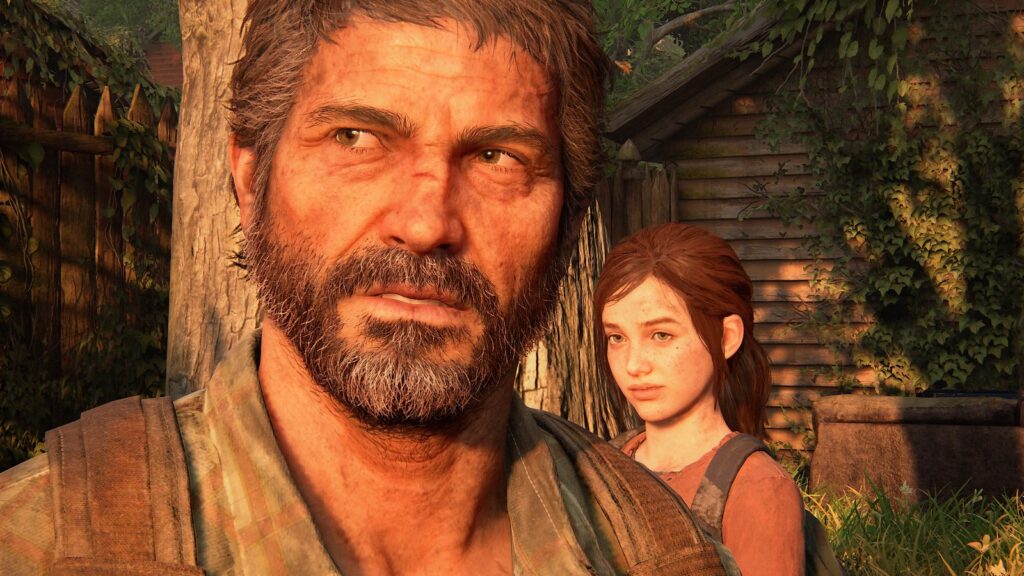
In the end, the question of whether “The Last of Us” works better as a game or a TV show is less about declaring a definitive winner and more about recognizing the unique strengths of each medium.
The game’s interactivity and immersive gameplay create a powerful sense of player agency and emotional investment, forging an intense bond between the player and the characters. The visceral action sequences and oppressive atmosphere put players directly in the shoes of Joel and Ellie, making their journey feel all the more harrowing and personal.
The TV series, free from the constraints of gameplay, can expand the narrative canvas and delve deeper into the world and supporting characters. It trades the constant adrenaline rush of combat for a more deliberate pace, allowing the quieter character moments to breathe and the performances of its exceptional cast to shine. The show’s ability to provide context and explore different perspectives enriches the overall story and themes.
Ultimately, both the game and the series are essential pieces of The Last of Us puzzle.
They complement each other, offering fans multiple ways to engage with this unforgettable story of love, loss, and the lengths we’ll go, to protect those we hold dear. The game is a testament to the storytelling power of interactive media, while the show demonstrates how a thoughtful adaptation can bring new depth and meaning to an already beloved tale.
Whether you’re a long-time fan who’s experienced both versions or a newcomer discovering The Last of Us for the first time, there’s no denying the impact this story has had on both the gaming and television landscape. It’s a rare example of a narrative that transcends its original medium, resonating with audiences on a profound, emotional level regardless of how they choose to experience it.
As we look to the future of The Last of Us, with a second season of the show on the horizon and the possibility of further games exploring this rich, haunting world, one thing is certain: the journey of Joel and Ellie, and the themes of love, sacrifice, and the human condition that their story embodies, will continue to captivate and inspire us for years to come. And that, perhaps, is the strongest indication of the enduring power of The Last of Us, no matter the medium through which it is told.






